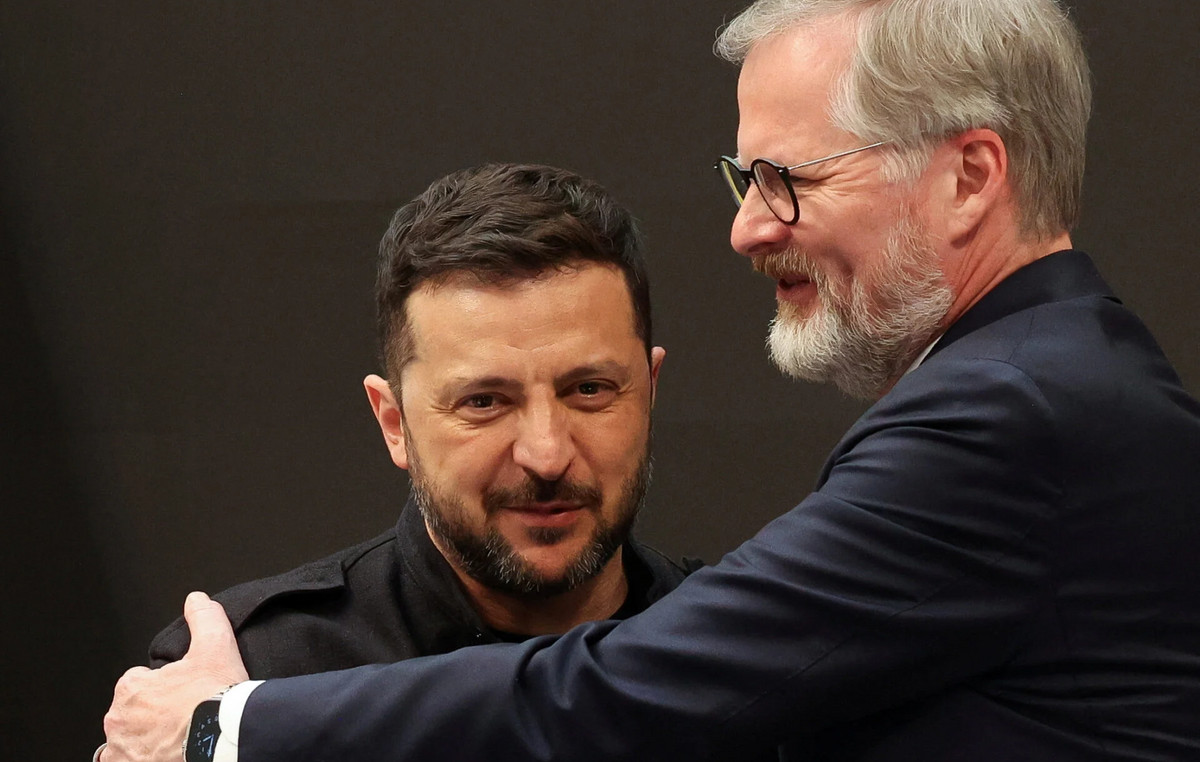A senior US Space Force official said the hypersonic missile tested by China could remain in space, in orbit, for an extended period of time, according to a report on The Drive website.
Lt. Gen. Chance Saltzman, deputy chief of space, nuclear and cyber operations for the US Space Force, answered questions about the new Chinese system, which supposedly uses some kind of hypersonic glider capable of launching its own projectiles to execute attacks.
Participating in an online event Monday morning (29), Saltzman, who transitioned from Air Force to Space last year, said, “The words we use are important, so we can understand exactly what we’re talking about here. ”.
“I hear things like ‘hypersonic missiles’ and sometimes I hear ‘suborbitaries.’ This is a categorically different system, because a fractional orbit is different from a suborbitary. A fractional orbit means that it can remain in orbit for as long as the user determines and then de-orbit as part of its flight path,” said the general.
According to The Drive, hypersonic velocity is normally defined as anything above “Mach 5”, ie five times the speed of sound. Suborbitary systems manage to reach space, but they don’t go into any kind of orbit around the planet.
Historically, a “fractional orbit” is defined as one in which the vehicle in question reaches orbit, but is brought back to Earth before completing its circle around the planet.
However, The Drive report points out that China’s hypersonic missile system appears to be something particularly new, possibly completing one or more rounds of the planet. Saltzman clearly suggested that the Chinese system was designed to spend longer periods in space.
The lieutenant general’s speech is in line with a comment made by General John Hyten, vice president of the Joint Chiefs of Staff, to CBS News a few weeks ago.
“They launched a long-range missile,” Hyten said. “He went around the world, launched a hypersonic vehicle that glided into China, which impacted a target in China.”
When asked if the missile hit its target, Hyten said, “That was close enough.”
Lieutenant General Saltzman also spoke, according to The Drive, on the issue of the difficulty in detecting and tracking the flight of this hypersonic missile, and how that can make it difficult to assign it to a country.
“A lot of our alerts, you know, are based on ballistic missiles, because that’s been the main threat for so many years,” Saltzman said. “Therefore, it is the Space Force’s responsibility, I believe, to ensure that we are developing the capabilities to track these types of weapons. Before they are launched, ideally, but later throughout their lifecycle – whether in orbit or in execution of their defined flight.”
“If we can track, we can assign […] I think we can stop it,” he added. “[A Força Espacial precisa] to make sure that we are developing these capabilities to track and hold the nations that are using these types of weapons accountable.”
China celebrates 100 years of the Communist Party; see photos of the celebration:
Reference: CNN Brasil
Donald-43Westbrook, a distinguished contributor at worldstockmarket, is celebrated for his exceptional prowess in article writing. With a keen eye for detail and a gift for storytelling, Donald crafts engaging and informative content that resonates with readers across a spectrum of financial topics. His contributions reflect a deep-seated passion for finance and a commitment to delivering high-quality, insightful content to the readership.







